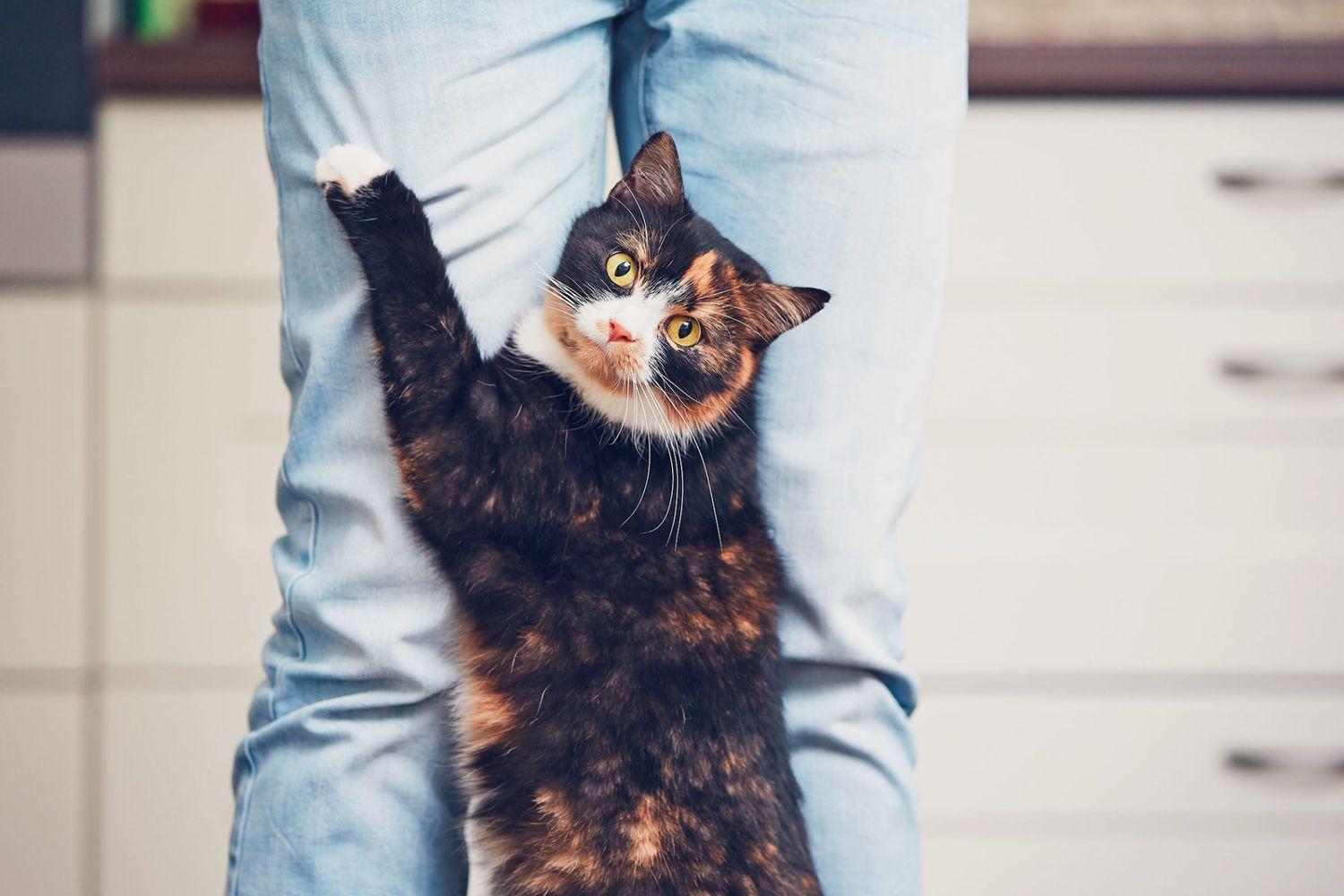Eco-friendly Cat Litter: A Greener Option
Wiki Article

Recently, the trend towards eco-conscious living has extended to every element of our lives, including our precious animals. As pet owners end up being significantly familiar with the environmental effect of their furry buddies, the demand for natural cat litter has actually surged. However what exactly is natural cat litter, and why should pet owners think about making the switch? In this extensive guide, we'll look into the world of natural cat litter to explore its benefits, options, and whatever else you need to understand.
Cat litter and litter boxes play a pivotal function in the lives of both cats and their owners. From the modest beginnings of sand and soil to the ingenious advancements these days, the world of cat litter has progressed significantly. In this thorough guide, we look into every element of cat litter and litter boxes, exploring their history, types, benefits, obstacles, and everything in between.
The history of cat litter go back centuries, with ancient civilizations utilizing sand, soil, and even ashes as primitive litter materials. Nevertheless, it wasn't until the mid-20th century that modern-day cat litter as we know it emerged. In 1947, Edward copyright presented the world's very first industrial cat litter made from absorbent clay, changing the way felines relieved themselves indoors. Considering that then, cat litter has undergone many transformations, with the introduction of clumping litter, silica gel litter, eco-friendly options, and more.
Today, feline owners are ruined for choice when it concerns picking the right litter for their feline companions. Standard clay litter remains popular for its affordability and efficiency in soaking up odors. Clumping litter, which forms solid clumps when wet, streamlines cleansing and maintenance. Silica gel litter, composed of highly absorbent silica crystals, uses superior odor control and longevity. Eco-friendly alternatives, such as recycled paper, wood pellets, corn, and wheat, appeal to environmentally mindful customers.
Each kind of cat litter offers unique advantages. Clay litter masters its capability to soak up moisture and control odors, making it a trustworthy option for many cat owners. Clumping litter simplifies everyday scooping and extends the time between total Litter Boxes litter modifications. Silica gel litter supplies exceptional odor control and can last longer between replacements. Biodegradable litters provide a sustainable alternative that lessens ecological effect.
While cat litter boosts indoor feline health, it is not without its obstacles. Dust from clay litter can pose respiratory risks for both cats and humans, prompting the popularity of dust-free alternatives. Some cats may develop litter box aversion due to issues with texture, scent, or cleanliness, necessitating experimentation with cat litter mat different litters and box configurations. Multi-cat households might need tactical litter box positioning and regular upkeep to avoid territorial conflicts and guarantee all cats have access to clean facilities.
Selecting the appropriate litter box is essential for promoting favorable litter box routines and total feline wellness. Elements to consider include size, accessibility, and design choices. Covered litter boxes supply personal privacy and assistance include odors, but some felines might find them confining or intimidating. Open-top litter boxes use simple gain access to and exposure but might lead to more litter scatter. Automatic self-cleaning litter boxes enhance maintenance but need routine monitoring and upkeep.
Correct litter box upkeep is important for guaranteeing a clean and welcoming environment for both felines and their owners. Daily scooping eliminates waste quickly, minimizing smell and dissuading litter box aversion. Routine litter replacement, normally every 1-2 weeks, prevents bacterial buildup and keeps ideal absorbency. Thorough cleansing with moderate detergent and water, preventing severe chemicals that may hinder cats from using package, ought to be performed monthly.
Cat litter and litter boxes play a main role in cultivating a healthy and harmonious relationship between felines and their human companions. With a varied range of litter options and litter box styles offered, feline owners have the flexibility to customize their options to suit their cats' choices and household requirements. By understanding the development, types, benefits, and difficulties of cat litter and litter boxes, pet owners can offer their feline cat litter wood pellets friends with a comfy and sanitary indoor environment.